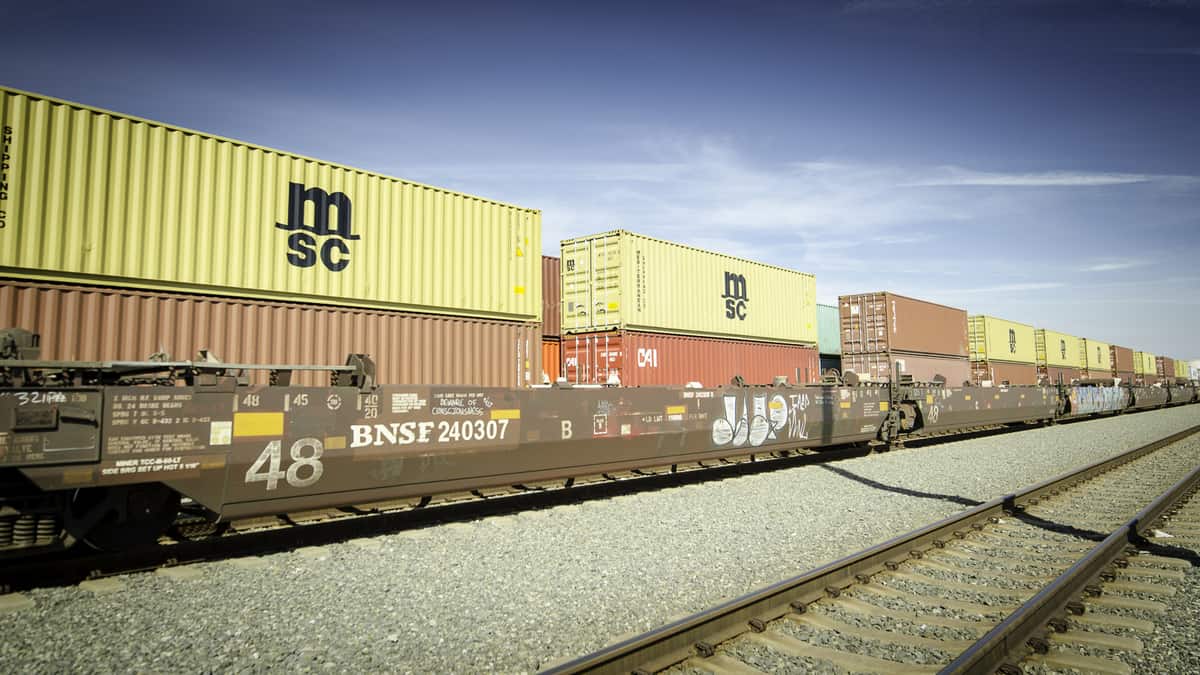Last week the railroads were able to smooth out some operational inefficiencies in their intermodal networks and by and large held average intermodal train velocities steady or improved them at the same time that volumes grew. That’s an important turning point for the rails, and following up on that performance will be important if intermodal is to regain its status as a safety valve and viable alternative to truckload transportation.
The railroads’ self-measured and self-reported service metrics are one thing; the reality of the customer experience is quite another. Lower dwell and higher speeds have been achieved by disincentivizing incremental volumes out of the West Coast with onerous surcharges; even some core customers have had trouble securing the containers they require for contracted freight.
Our contacts at freight forwarders tell us that the eastbound trans-Pacific lane is overbooked and that shippers are scrambling to find space to move large volumes into the United States. Lead times for shippers to secure containership capacity have stretched to four to six weeks. Big-box retailers including the most important intermodal customers are currently running inventory levels that are lower than 2019, but are facing sales, both same-store and online, that are higher than 2019. That’s a recipe for higher demand for truckload and intermodal transportation as we approach peak retail season.
Members Only
You have selected content that's only available to members of FreightWaves Passport. As a member, you gain immediate access to the most in-depth and informative freight research available. It's your gateway to continuing education.
Members also get:
- Access to exclusive community dedicated to discussing the most important challenges facing freight.
- Monthly and Quarterly Freight Market reports keeping you informed of industry trends.
- Much, much more!
Click below to learn more and sign up today!
Subscribe
Existing Passport subscribers may log in using the form below.






